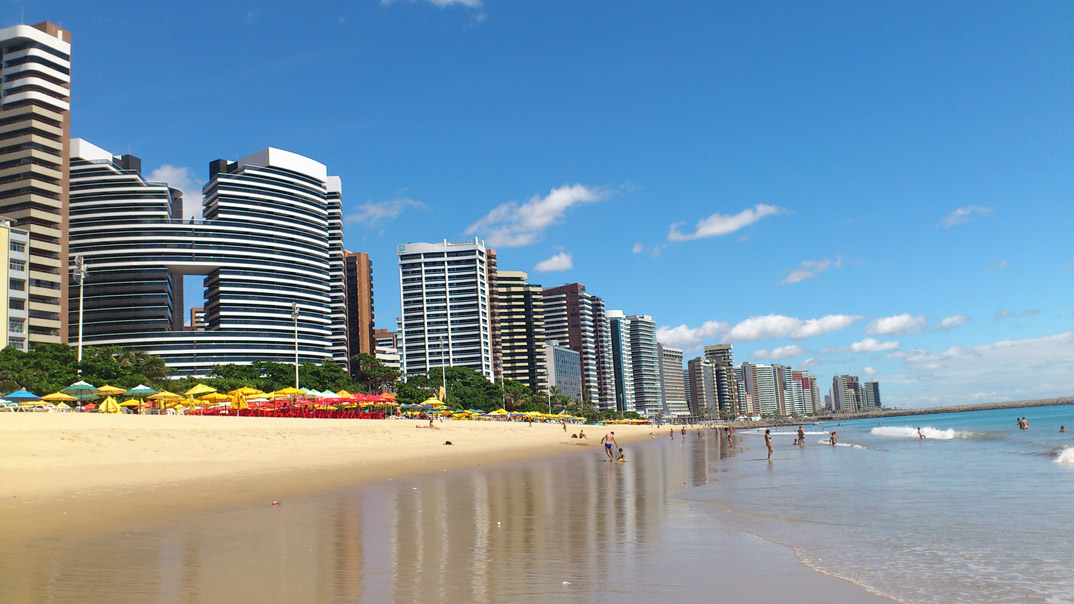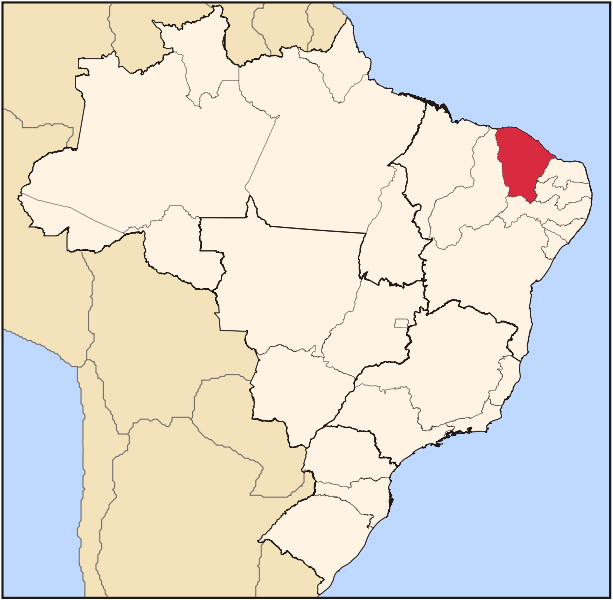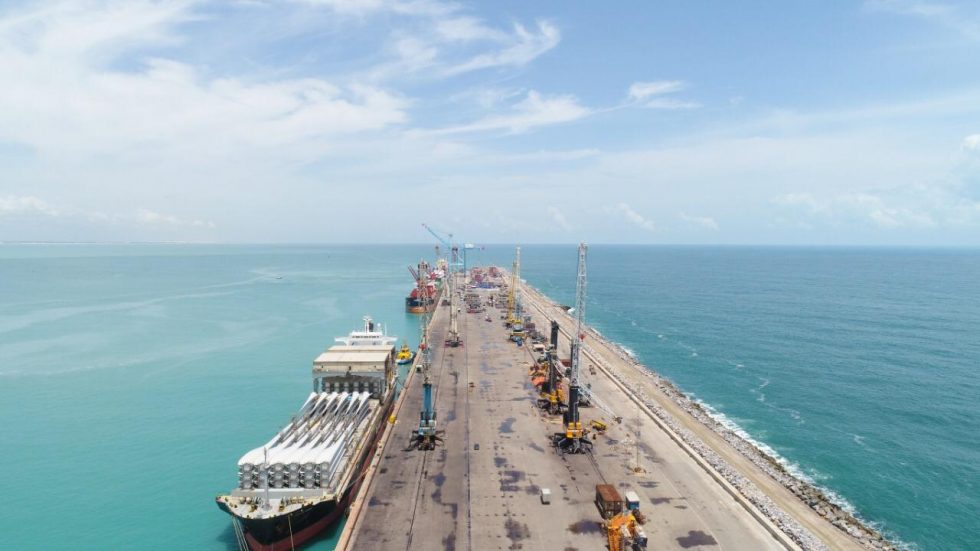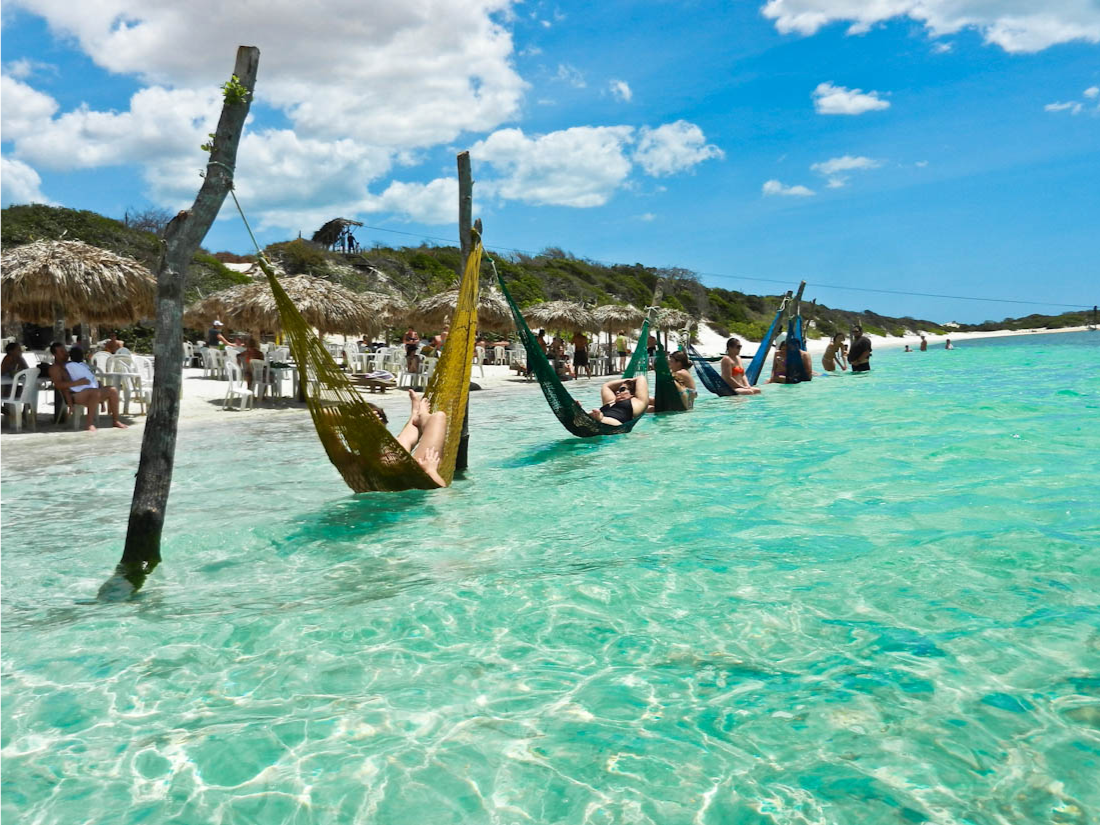RIO DE JANEIRO, BRAZIL – Never heard of Ceará? That’s likely to change soon. The Brazilian state with its tourist capital Fortaleza in the northeast of the country is in the process of positioning itself in the field of sustainable energy production.
There the largest Green Hydrogen (H2) hub is beginning to take shape. The area, located 60 kilometers from the capital city of Fortaleza, will concentrate several companies connected to the production of the clean energy source and is to become a strategic gateway to the international market.
Operating since 2002, the Ceará complex gathers over 30 companies, including companies in the wind energy industry. The most handled cargoes in the port include cast iron, salt, milling industry products, fruits, ore, cereals and aluminum.

Located in the Pecem Industrial and Port Complex, the Hub will be directly connected to the Port of Rotterdam, in the Netherlands, the largest in Europe.
This is probably the main reason why today a group of four Brazilian companies joined the international initiative, led by companies from Portugal, France, Spain, and Australia, to produce green hydrogen in this state and in Brazil.
According to the government of Ceará, the companies will also operate in the Pecem Port Complex, the state’s main port in the municipality of Sao Gonçalo de Amarante, located in the metropolitan region Fortaleza, the regional capital.
Eneva, Differential, Hytron, and H2Hellium signed an agreement to initiate preliminary studies for the installation at the seaport and join the project led by the regional government, the Federation of Industries of the State of Ceará (FIEC), and the Federal University of Ceará (UFC).

“The home of green hydrogen in the world will be Ceará, and we are going to work hard for that,” declared the governor, Camilo Santana, during the International Green Hydrogen Seminar held this Thursday at the Ceará Events Center.
The ambassador of the European Union in Brazil, Spaniard Ignacio Ybáñez, who participated virtually in the event, highlighted the role of green hydrogen in the “global dialogue” on the environment and the leadership of Ceará in “energy transition policies”.
It is no coincidence that Ceará is organizing to attract investments in H2. The state, where the first large commercial wind farm was connected to the national electricity grid, is a major producer of this renewable energy source, as well as solar energy.
The Ceará photovoltaic potential, assessed at 643 gigawatts (GW), is estimated to be sufficient to supply more than twice the Brazilian electricity demand.

Green or renewable hydrogen (H2V) is generated from 100% renewable energies through a process called “water electrolysis”, which is the separation of oxygen and hydrogen, and its use is mainly intended for the agricultural industry with fertilizers.
Sun- and wind-produced energy are crucial to supplying the electrolyzers, making the country competitive.
“Brazil has a unique and very strong position with very favorable weather conditions, both for solar and wind energy. It also has a long tradition of cooperation with Germany”, said Ansgar Pinkowinki, Innovation and Sustainability Manager for the Brazil-Germany Chamber of Commerce and Industry of Rio de Janeiro, AHK Rio, on the opportunities for Brazil to become a major exporter during the launch of the H2 portal in late May.
This and the turquoise Caribbean Sea, the fabulous beaches, the weather, and the animated 3 million metropolis of Fortaleza might ensure that few in the world can compete with this location.
International studies indicate that in 2050 hydrogen in all its forms will account for 18% of the world’s energy consumption.

Neonenergia, a subsidiary of the Spanish group Iberdrola, signed in September a Memorandum of Understanding with the government of Ceará for the feasibility of an urban mobility project using public transport vehicles powered by green hydrogen.
According to an announcement made in September, EDP Brasil, the Brazilian subsidiary of the Portuguese energy group EDP, will also produce green hydrogen in Ceará from the end of 2022.
In July, the Australian mining group Fortescue, one of the world leaders in the iron ore industry, and the French alternative energy company Qair, which will process green hydrogen from offshore wind energy, also announced investments to set up in Pecem.
Australia’s Enegix and Brazil’s White Martins also have advanced green hydrogen projects in Ceará.

